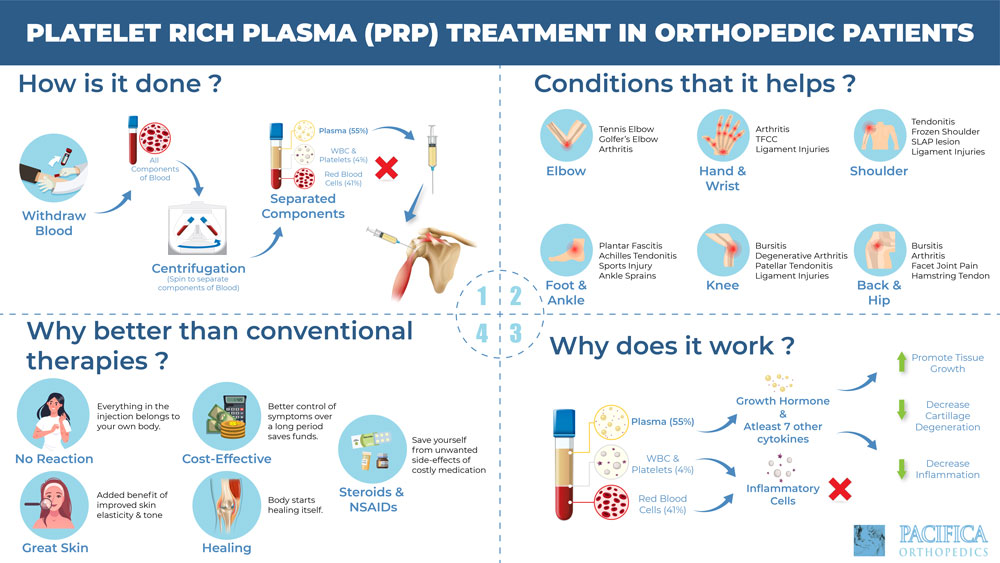Ankle injury is one of the commonest problems faced by a large percentage of people because the ankles take the entire weight of an individual’s body. Treating such injuries has witnessed significant progress over the years. However, the best method to overcome these painful injuries is to understand these and then adopt an appropriate method for treating the injury.
Most of the ankle injuries occur when you unexpectedly and suddenly lose your balance, which causes your ankle to twist. Some of the most common injuries occur when the tendons or muscles are overstretched leading to tears. Sometimes the ankle may be fractured because of an external force leads to the rupturing of the bone segments. Although, not very common, tendon ruptures are another type of injury suffered by some people.
The best method to treat these kinds of injuries is to adopt the RICE method. This implies resting your ankle, using ice to reduce the swelling, using a compression, and keeping the foot elevated. You can opt for crutches to assist you in moving around without putting pressure on the injured ankle. Alternatively, you can choose a compression cast or splint to support yourself while minimizing the foot movement.
You can apply ice for twenty minutes every hour to reduce the swelling. Compression is applied by wrapping elastic bandage and compression stocking to support the ankle. Moreover, keeping the foot elevated is beneficial in reducing the swelling. In addition, you can use the prescribed medications to reduce the swelling and alleviate the pain caused due to the ankle injury.
Most of these injuries heal between two and six weeks; however, more brutal injuries may take up to twelve weeks to completely heal. Some of the injuries like fractures can lead to post trauma arthritis or acute pain, if not treated properly. Irrespective of the type and severity of the ankle injury, it is important to treat the same to avoid consistent and recurring pain in the long term.




0 Comments